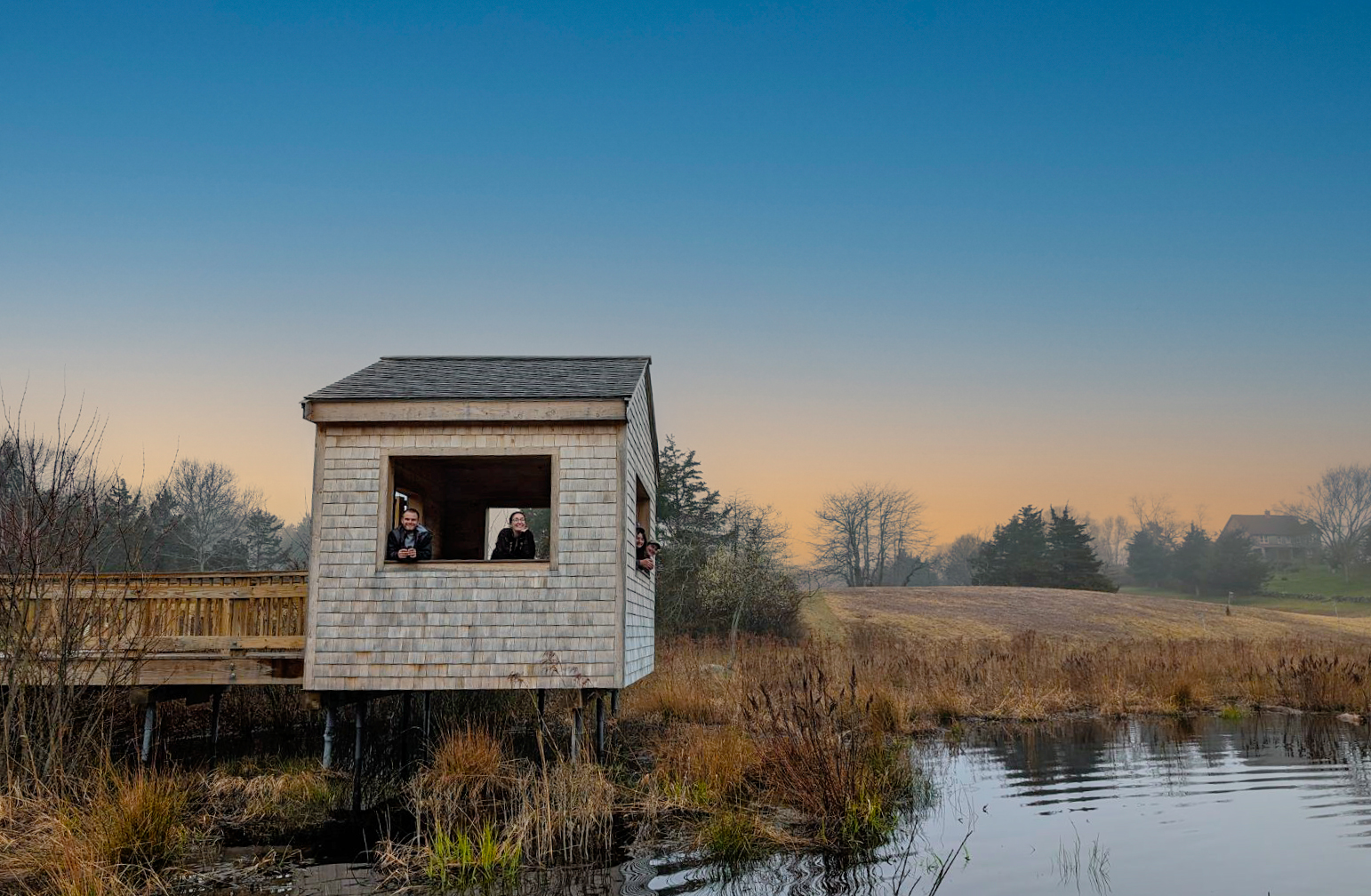By: Jennifer Hushaw, Applied Forest Scientist, Climate Services Program
Climate change is altering the environment in many places and leaving species with only three options: move, adapt, or die. All three of these scenarios are in play around the globe, including numerous examples of plants and animals on the move. In fact, studies have been documenting climate-related shifts in the phenology (the study of these seasonal rhythms of plants and animals, especially the timing as related to weather and climate) and distribution of plant and animal groups for over a decade (Parmesan, 2006).
Of course, migration is a much slower process for immobile species, like trees. Tree populations generally move gradually over multiple generations and, until recently, it was not clear whether we were seeing large-scale shifts in forest species yet, or how soon we might expect to see discernable changes on the landscape. These questions of where, how quickly, and to what degree our forests will shift with the changing climate are some of the most important questions facing people who care about forest conservation and management in the 21st century.
Researchers have tackled these questions through computer modeling (e.g., see the CSLN Modeling Future Forests bulletin), studying plant response to climate change in the distant past through paleoecology, and observational studies. Last month, an interesting new observational study was published, providing evidence that forest shifts are indeed underway in the eastern U.S.
Researchers from Purdue and several other institutions examined data from the U.S. Forest Service, Forest Inventory & Analysis program (our national forest census), and found “prominent westward and poleward shift in abundance for most tree species in the eastern United States during the last 30 years” that was partly linked with changes in climate (Fei et al., 2017). Noteworthy highlights included:
- Saplings had greater shifts in abundance than adult trees;
- Most flowering trees shifted westward while most conifers shifted northward; and
- Moisture appeared to be a much more important driver than temperature (at least in the short-term).
For forest managers, this suggests we should pay close attention to shifts in moisture availability as well as relative changes in regeneration success or competitiveness among different species.
This study also highlights how the impacts of climate change may manifest differently in forests across different parts of the country. Forest migration is generally a slow process occurring over decades to centuries, as we have seen thus far in the eastern U.S. Although, there is potential for faster change when widespread mortality (from insects, drought, storms, etc.) removes overstory trees and creates an opportunity for changes in forest composition and structure. We are seeing that type of dramatic forest change in the western U.S., where the combination of drought and beetle outbreaks (both of which were exacerbated by climate change) has wreaked havoc on the forests of that region.
The study described here was highlighted in a recent bulletin for members of Manomet’s Climate Smart Land Network. Those interested in more information can read a one-page synopsis here or read the full bulletin on-line.
———————————————-
Sources:
Fei, S., Desprez, J.M., Potter, K.M., Jo, I., Knott, J.A., Oswalt, C.M. 2017. Divergence of species responses to climate change. Science Advances. 3: e1603055.
Parmesan, C. 2006. Ecological and Evolutionary Responses to Recent Climate Change. Annu. Rev. Ecol. Evol. Syst. 37: 637-669.





 Back to all
Back to all